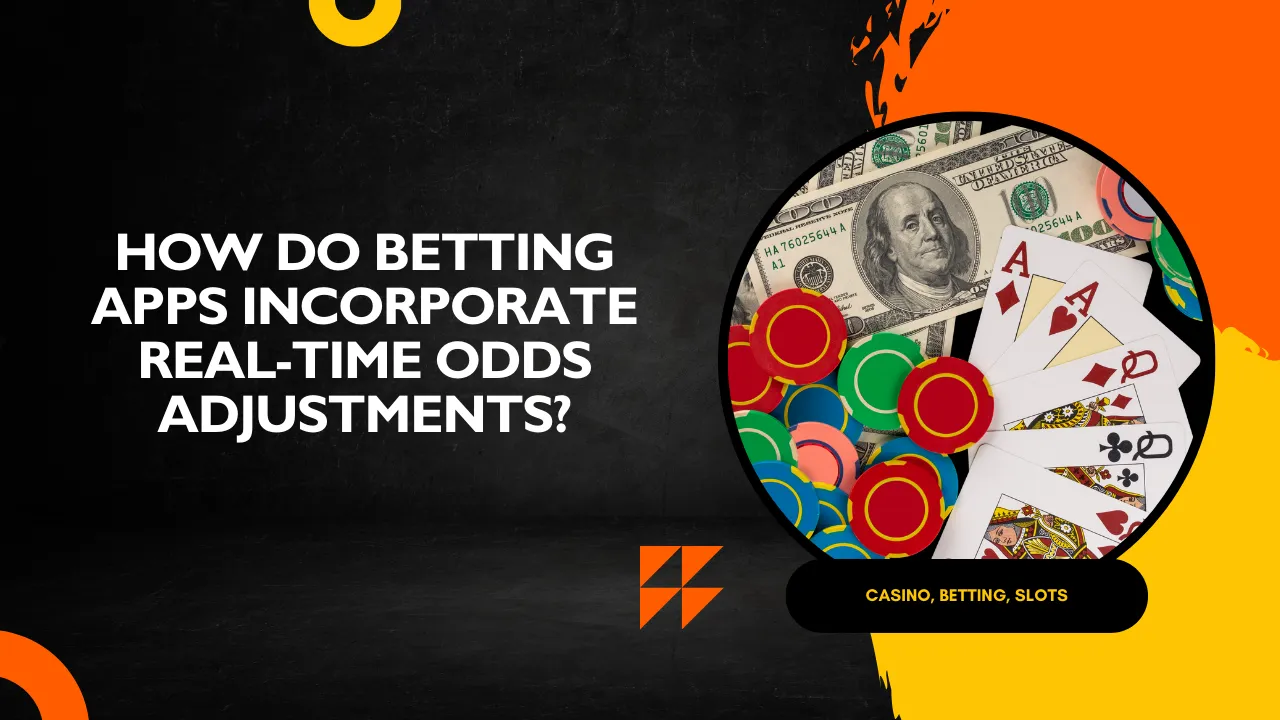As anyone who’s spent time in both land-based and online casinos will tell you, picking games with the lowest house edge is one of the smartest ways to stretch your bankroll. Over the years, I’ve tested dozens of tables and video poker machines, tracking my wins and losses to see which games truly give players an edge—or at least reduce the house’s advantage to a minimum. In this deep dive, I’ll break down the top contenders, explain why their odds are so favorable, and share practical tips on how to play each game optimally.
When I first walked into a casino years ago, I gravitated toward bright-lights slot machines that promised massive jackpots. It wasn’t until a seasoned regular showed me the math behind blackjack and baccarat that I realized some table games can pay back more than 99 percent of what you wager. Understanding house edge—the percentage of each bet the casino expects to keep over the long run—turned me from a casual gambler into a more strategic player. Rather than chase big dreams on high-variance slots, I started focusing on games where I could actually influence the outcome through skill and decision-making.
For players who want to access these games at sites offering speedy payouts, consider checking out a comprehensive directory of fast withdrawal casino uk. Ensuring your chosen operator processes wins quickly means you can enjoy the fruits of your skillful play without delay.
Why house edge matters
House edge isn’t an abstract concept; it directly impacts how much money you should plan to lose over a session. A 1 percent house edge means that for every £100 you wager, the casino keeps an average of £1 in the long run. By contrast, a 5 percent edge on another game would cost you £5 per £100 wagered. While short-term variance can let you beat the odds on any given spin or deal, choosing lower-edge games gives you a better statistical chance of ending a night ahead or at least minimizing your losses.
Moreover, knowing which games have that tiny margin allows you to pair them with promotional offers—like sign-up bonuses or free spins—to further tilt the competitive landscape in your favor. In my own betting history, I’ve found that combining low-edge blackjack play with a well-structured welcome bonus can turn an initial £20 deposit into several times that amount, simply because the underlying game odds work for me.
Blackjack: The quintessential low-edge game
No discussion of low-house-edge games is complete without blackjack. When played with optimal basic strategy—knowing when to hit, stand, split, or double down—the house edge can dip as low as 0.5 percent. Some rule sets, such as allowing doubling after splits and using a single deck, push that even lower, into the 0.2–0.3 percent range. I remember a marathon session at a Las Vegas strip table where, by sticking rigidly to strategy charts, I saw my losses shrink to just a few dollars per hour, even while placing frequent £25 wagers.
Successful blackjack play hinges on discipline. Deviating from basic strategy “because it feels right” or chasing earlier wins by making reckless double-downs will quickly widen the casino’s advantage. Instead, commit to a strategy chart—electronically available on many apps—and use small bet spreads to manage your risk. Over hundreds of hands, that tiny 0.5 percent edge really adds up in your favor compared to other table games.
Baccarat: Simplicity with stellar odds
While baccarat carries an image of high rollers and smoky VIP rooms, the core banker bet in baccarat offers a house edge of just 1.06 percent, and the player bet is almost as tight at 1.24 percent. Even the occasional tie bet, with its much larger payout, still has a house edge north of 14 percent—so I always steer clear of that one. Back in London, during a slow weekday afternoon, I treated myself to a few rounds at a streamlined electronic baccarat table. By sticking only to banker bets and avoiding any side wagers, I watched my stakes play out with minimal loss over dozens of deals.
The beauty of baccarat lies in its simplicity. There’s no complicated decision-making after placing your initial bet: the dealing rules are automatic, and the results follow mathematical formulae. That makes baccarat ideal for newcomers who want low house edge without having to memorize strategy charts. Just bet on the banker each round—the one caveat being that most casinos take a 5 percent commission on banker wins, which is baked into that 1.06 percent edge.
Craps: Betting smart on the dice
Craps tables can look intimidating with their myriad of betting options, but sticking to the simplest wagers transforms it into another low-edge opportunity. A basic pass line bet, followed by taking maximum “odds” behind it, results in a combined house edge of roughly 0.85 percent. Better yet, the don’t pass line bet paired with laying maximum odds drops the edge to about 0.6 percent—on par with blackjack. I recall a cruise ship casino where I posted small pass line bets and then quietly added odds once the point was set. Across dozens of rolls, the tiny edge materialized into a minimal deficit, even as I enjoyed the social energy of the craps pit.
Of course, if you stray into proposition bets—like any seven, hard ways, or horn bets—the house edge rockets well above 10 percent. The real trick is to focus on the core pass line (or don’t pass) and take or lay odds. It’s a game of patience: you may go hours with small wins and losses, but the slow grind of that 0.6 percent edge means you give up far less to the casino than on other dice wagers.
Video poker: Skill-based slots
Video poker occupies a sweet spot between slots and table games. Titles like Jacks or Better can return up to 99.54 percent with perfect play on a full-pay machine, translating to just a 0.46 percent house edge. Games such as Deuces Wild and Double Bonus Poker also offer strong payback percentages when played strategically, though each variant’s edge varies depending on pay tables. I once camped out in a Reno casino lounge, feeding quarters into a high-denomination Jacks or Better machine and using a strategy card taped beneath the screen. Over the course of an afternoon, my theoretical losses barely dented my bankroll.
The major caveat with video poker is finding the right machine. Many casinos run short-pay versions that push the edge above 2 percent. Always check the pay table before sitting down: the “9/6” Jacks or Better machine (paying 9 for a full house and 6 for a flush) is typically the gold standard. Armed with a basic strategy chart—often printed on the machine itself—you can treat video poker as a low-risk way to pass the time.
European roulette: A tiny edge on the wheel
Roulette is often derided for its 5.26 percent house edge—but that figure applies to American double-zero wheels. On a European wheel, which features only a single zero, the house edge drops to 2.7 percent. Moreover, the “La Partage” rule, offered at select tables, refunds half your even-money bets when the ball lands on zero, cutting the effective edge to 1.35 percent. I’ve chased the wheel around in Monte Carlo, seeking tables with La Partage, and found that my bankroll stretched much further than at the standard wheel back home.
Despite its higher edge compared to blackjack or baccarat, European roulette with La Partage still offers one of the lowest odds in the realm of casino wheels. If you enjoy the spectacle of that spinning wheel and want to keep losses in check, seek out that rule or the similar “En Prison” option, both of which favor players.
Other low-edge options
Beyond the classics, several lesser-known games can also deliver sub-1 percent house edges. Pai Gow Poker, for instance, returns around 1.5 percent if you play with optimal strategy and accept the banker role whenever possible. Some casino-hold’em variants, video keno with precise pay tables, or even certain arcade-style games like blackjack switch can approach or beat that 1 percent threshold when rules align perfectly. I’ve experimented with Pai Gow in Asia, pairing it with side bets only when the house edge remained under 2 percent—and discovered that patient play can keep you in action for hours on modest wagers.
However, these niche options demand deeper rule understanding and strategy commitment. For most players, the core list—blackjack, baccarat, craps, video poker, and European roulette—offers the best balance of simplicity and favorable odds.
Strategies to further reduce house edge
Playing the right game is only half the battle; the other half is playing it correctly. Here are a few tactics I routinely employ:
-
Learn perfect basic strategy. Whether blackjack or video poker, memorizing the mathematically optimal play is crucial.
-
Manage your bankroll. Use small, consistent bet sizes and set stop-loss thresholds to avoid chasing losses.
-
Seek commissions or fees bypass. In baccarat, always bet banker to offset the 5 percent commission with statistically superior returns.
-
Hunt for special rules. La Partage in roulette or double after split in blackjack can shave tenths of a percent off the house edge.
-
Use loyalty rewards. Many casinos offer tier points and cashback that effectively reduce the house edge over time.
By combining a low-edge game with disciplined strategy, you transform the casino into a venue where skill matters as much as luck.
Putting it all together
When mapping out a casino session, I usually start with video poker to warm up my decision-making muscles, then shift to a blackjack table with advantageous rules, peppering in a few banker-only baccarat rounds for change of pace. If the casino offers La Partage roulette, I’ll spin a few dozen wheels at modest stakes before moving on to craps for the social energy of the pit. Across each of these games, my goal is to exploit the smallest margins, extend my playtime, and maximize enjoyment.
No system can eliminate the house edge entirely—that’s the very nature of casino design—but by focusing on the lowest-edge games, you tilt the odds closer to 50/50. Over the years, that approach has allowed me to walk away from sessions with modest profits or, at worst, very limited losses.





